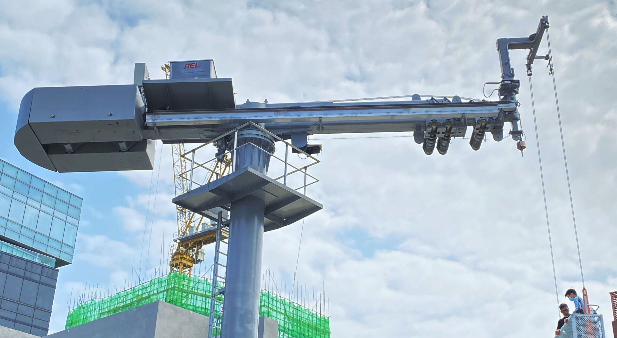Virtualisation has become a critical strategy in modern IT infrastructure. With increasing pressure on businesses to reduce costs, improve scalability, and manage systems more efficiently, virtualisation offers a way to maximize hardware resources and simplify IT operations. Innerworks International helps businesses navigate this shift by providing expert guidance, implementation support, and reliable virtualisation solutions tailored to specific operational goals.
What Is Virtualisation in IT Infrastructure?
Virtualisation in IT refers to creating virtual versions of physical components such as servers, storage devices, networks, and desktops. It involves using software—most commonly a hypervisor—to allow multiple virtual machines to run on a single physical server. There are various types of virtualisation, including server, storage, desktop, network, and application-level solutions. Innerworks International works closely with businesses to determine the most effective virtualisation type based on their IT landscape and future demands.
Key Benefits of Virtualisation in IT Infrastructure
Improved Resource Utilisation
Virtualisation allows organizations to consolidate multiple workloads onto fewer physical machines, reducing hardware waste and maximizing performance. Innerworks International helps clients assess underutilized assets and implement virtualisation strategies that turn idle resources into productive infrastructure components.
Cost Efficiency
By reducing the need for extensive physical hardware, businesses can cut down on capital expenditures and lower their energy consumption. Maintenance becomes simpler and more affordable. Innerworks International supports this transition with scalable solutions that lower costs without compromising performance.
Scalability and Flexibility
One of the most attractive features of virtualisation is the ease of scaling. IT teams can deploy virtual machines quickly to meet evolving business needs. Innerworks International ensures these deployments are smooth and aligned with performance goals, allowing organizations to respond to changes with agility.
Business Continuity and Disaster Recovery
Virtualisation simplifies data backup, replication, and disaster recovery. Snapshots and failover systems can be created quickly, reducing downtime during failures. Innerworks International designs resilient virtual environments that prioritize uptime and data integrity.
Simplified IT Management
Centralized dashboards and automation tools make it easier for IT teams to manage virtual environments. Tasks like patching, provisioning, and monitoring can be streamlined. Innerworks International equips organizations with intuitive management platforms that reduce administrative burdens.
Common Limitations and Challenges of Virtualisation
Performance Overhead
Running multiple virtual machines on one physical server can cause resource contention and performance lags. Innerworks International addresses this challenge by properly sizing virtual machines and optimizing workload distribution to maintain high performance.
Licensing and Compliance Complexity
Virtual environments can complicate licensing agreements and regulatory compliance. Understanding usage terms across virtual platforms is essential. Innerworks International assists in navigating licensing structures and ensuring that compliance requirements are met without unnecessary costs.
Security Risks
While virtual environments can be secure, they require dedicated strategies to protect against vulnerabilities, especially at the hypervisor level. Innerworks International implements layered security measures, from access controls to regular vulnerability assessments, to safeguard virtual systems.
Initial Setup and Hardware Requirements
The transition to virtualisation may demand upfront investments in hardware and technical expertise. Innerworks International provides full consultation and deployment support to minimize setup friction and deliver long-term ROI.
Virtualisation vs Physical Infrastructure
Physical infrastructure is often straightforward but limited in flexibility and scalability. Virtualisation, on the other hand, offers dynamic resource management but comes with a steeper learning curve. Innerworks International helps businesses find the right balance—whether it’s full virtualisation or a hybrid approach—based on workload demands, budget, and IT capabilities.
Best Practices for Implementing Virtualisation
Assessing infrastructure readiness is the first step. Organizations should evaluate existing systems, identify bottlenecks, and determine compatibility. Selecting the right virtualisation platform is critical for long-term success. Innerworks International provides expert analysis and deployment services, helping clients choose and implement platforms that align with their operations. Regular monitoring, patching, and robust backup systems are also part of the best practices that Innerworks International integrates into every project.
Takeaway
Virtualisation in IT infrastructure delivers significant benefits—from cost savings to improved scalability—but it also comes with challenges that must be addressed strategically. By understanding both sides of the equation, IT managers can make informed decisions that support long-term business goals. Innerworks International is committed to helping businesses implement smart virtualisation strategies that are reliable, secure, and adaptable to future demands.











